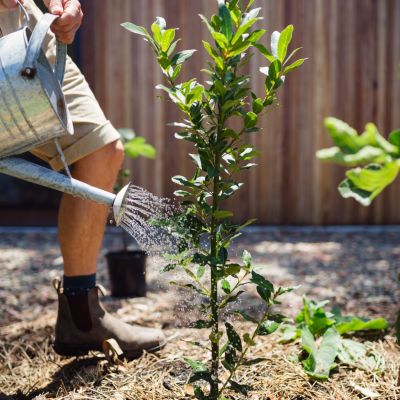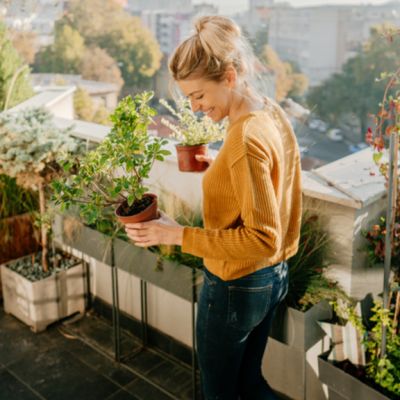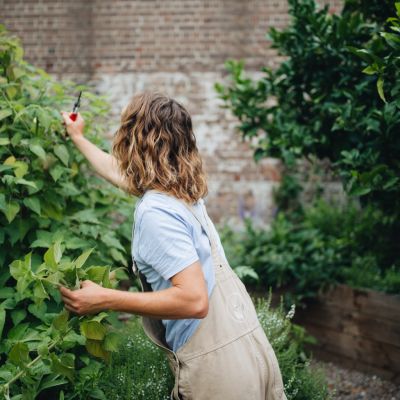Byron Smith's six favourite edible plants to grow in your garden
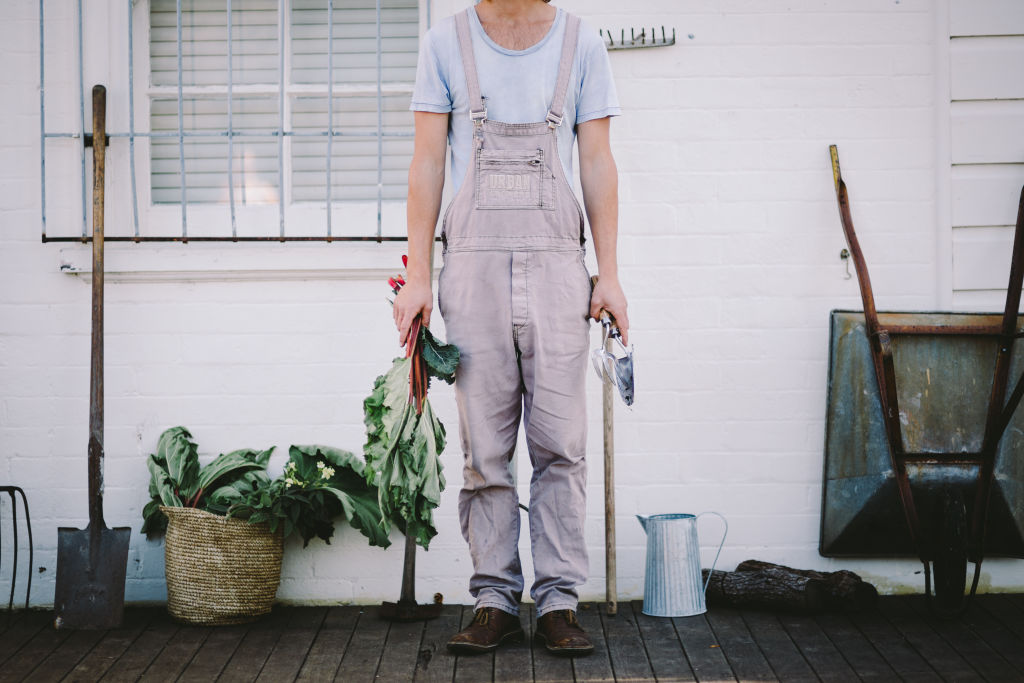
For me, having an edible garden and helping others create their own has taught me so much about why people grow the food they do.
Some might be reliving the nostalgia of childhood mulberry memories, others might be growing chilli seeds gifted from a grandparent, or perhaps another has planted native Australian plants to keep them connected to culture.
A common link I’ve found, however, is that most people simply want to tell and retell stories through their garden and into the kitchen.
So my story is this – my mum has an incredibly hardy lemon tree at home, a prolific bearer of the juiciest fruit I’ve eaten hung perfectly on a textbook-shaped tree. It made sense that when we bought our home that I would graft Mum’s lemon tree to give me a carbon copy for my own yard.
Accompanying the family heirloom lemon tree, the below is a list of my other favourite things to grow that tell my story and simply bring me joy.
Garlic
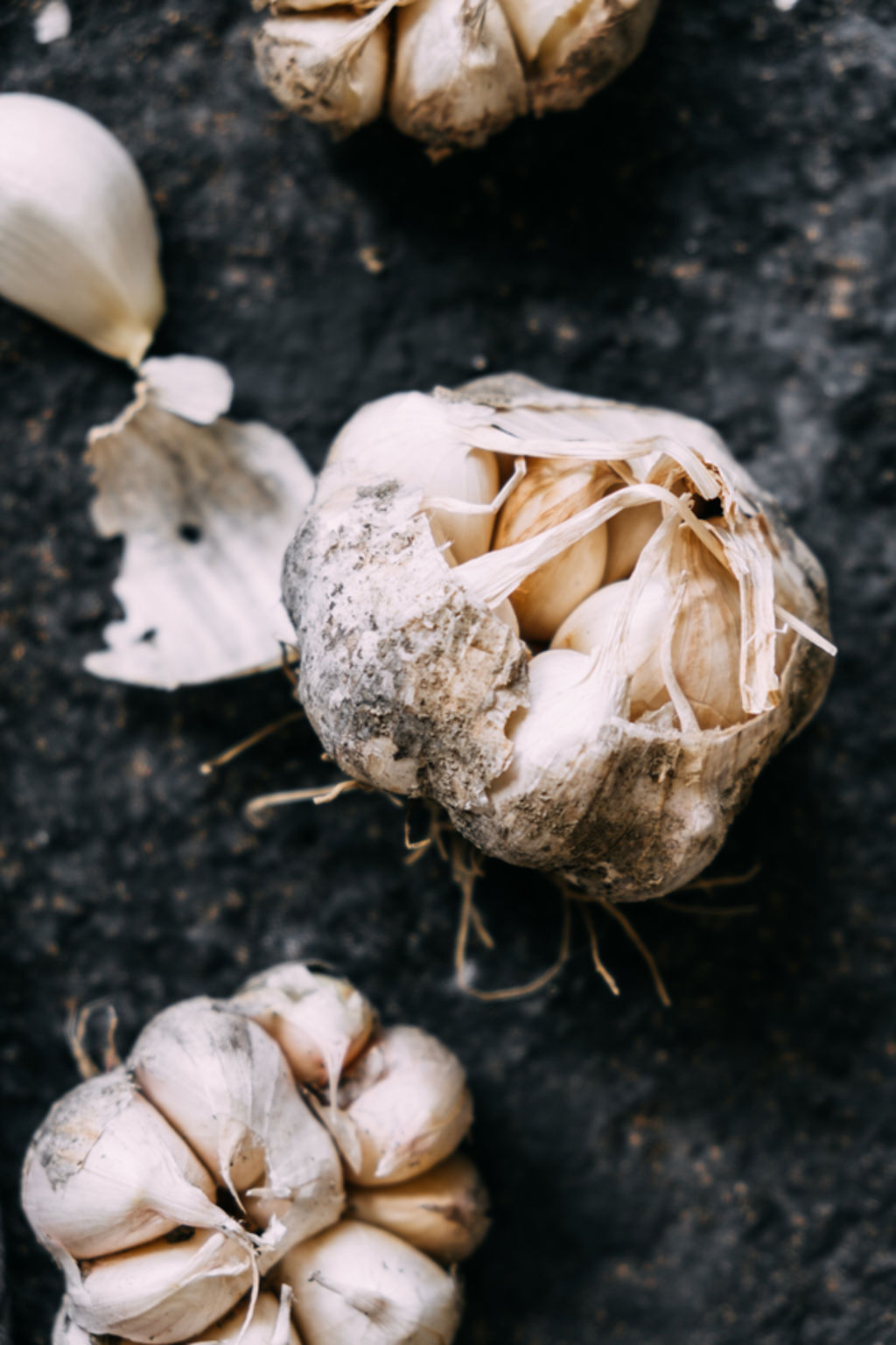
I ardently and passionately believe (just ask my partner) that we should only be buying Australian garlic. Even better than that, if you can manage to grow your own at home you’ll never give that imported stuff a second glance. I planted mine in April – 20 cloves an inch (2.5 centimetres) underground with some blood and bone in full sun covered with some sugarcane mulch.
You can order seed garlic online or from a nursery. The bulbs are ready in spring when the tops start to die down. Dry them and store as usual – you’ll appreciate the full-bodied taste and use half as much as the tasteless imported stuff off the shelves.
Turmeric
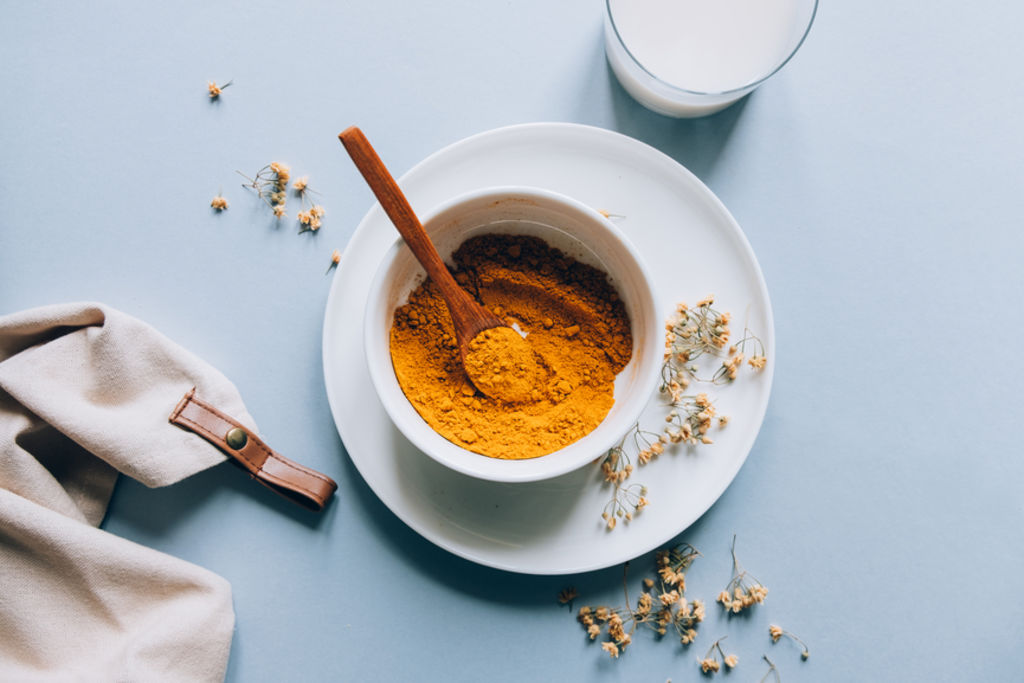
This plant gets a 10/10 for ornamental value in the garden from me. It has broad, light green, strappy leaves almost one metre tall with a white flower in the centre. I buy Australian organic turmeric rhizomes from the local fruit shop and soak them in water for a day before planting.
I usually mass them in corners or fence lines out of the way in full or dappled light, then once established just remove a plant and you’ll be surprised at the quantity of fresh turmeric you have to help ward off flu season. If you don’t harvest it, just enjoy the beauty of the plant as an ornamental.
Alpine strawberries

Not dissimilar to the aforementioned turmeric, Alpine strawberries are an edible with excellent ornamental value. I love using them as a fantastic, hardy ground cover that easily fills in around pavers, path edges or around the base of taller plants.
Just remember to separate the seedlings from the pot and spread through your garden to get more value and area covered. I’m sure you’ll agree, these are the sweetest strawberries you can find. Unfortunately my toddler beats me to all of ours these days.
Parsley
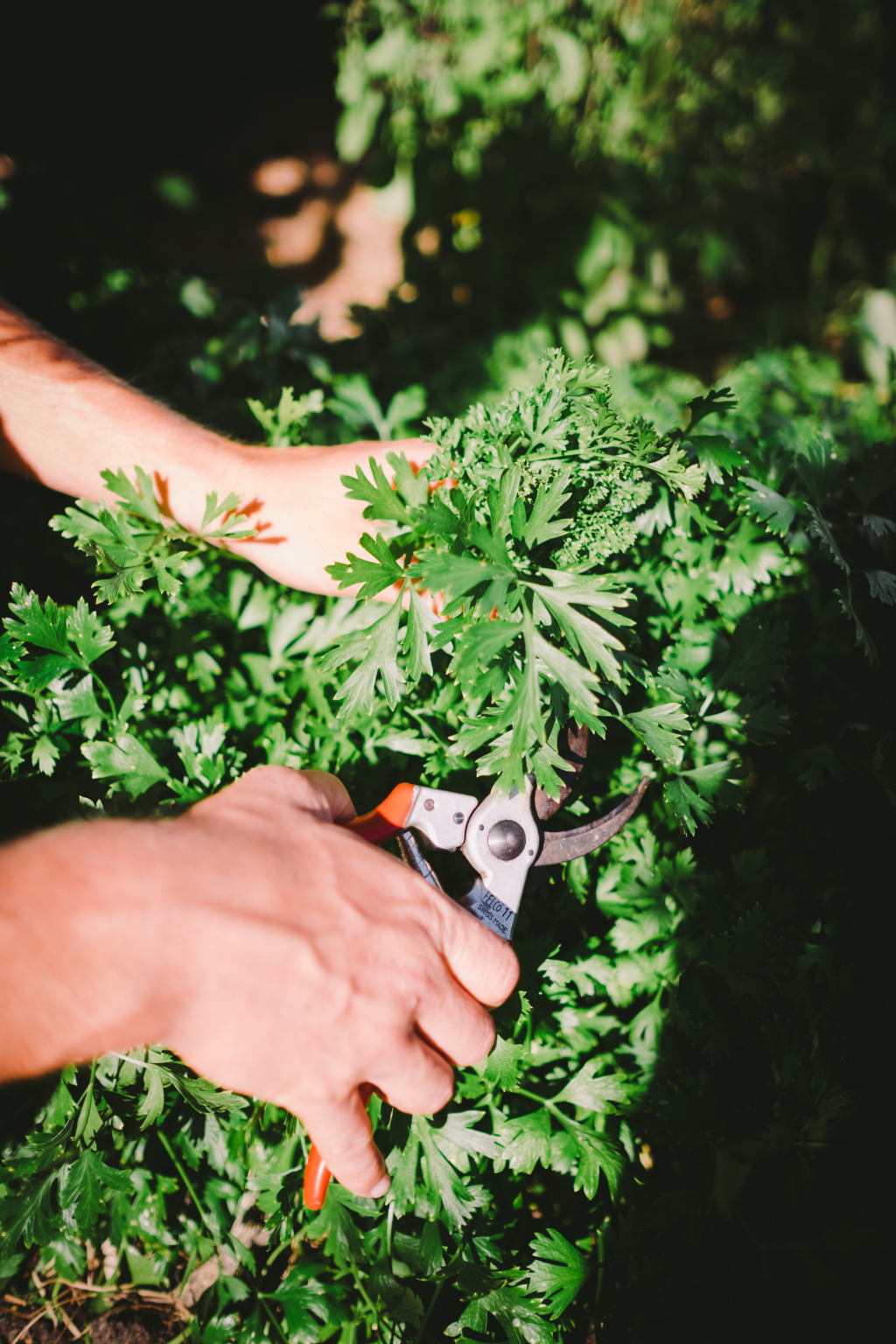
It’s the winner of the soft herbs in my books and I guess that’s why it’s so popular among gardeners. If you buy seedlings, just tease a single seedling out and avoid touching the tap root, before planting into a big pot or garden. Full sun is ideal and harvest until it goes to flower.
Chilli
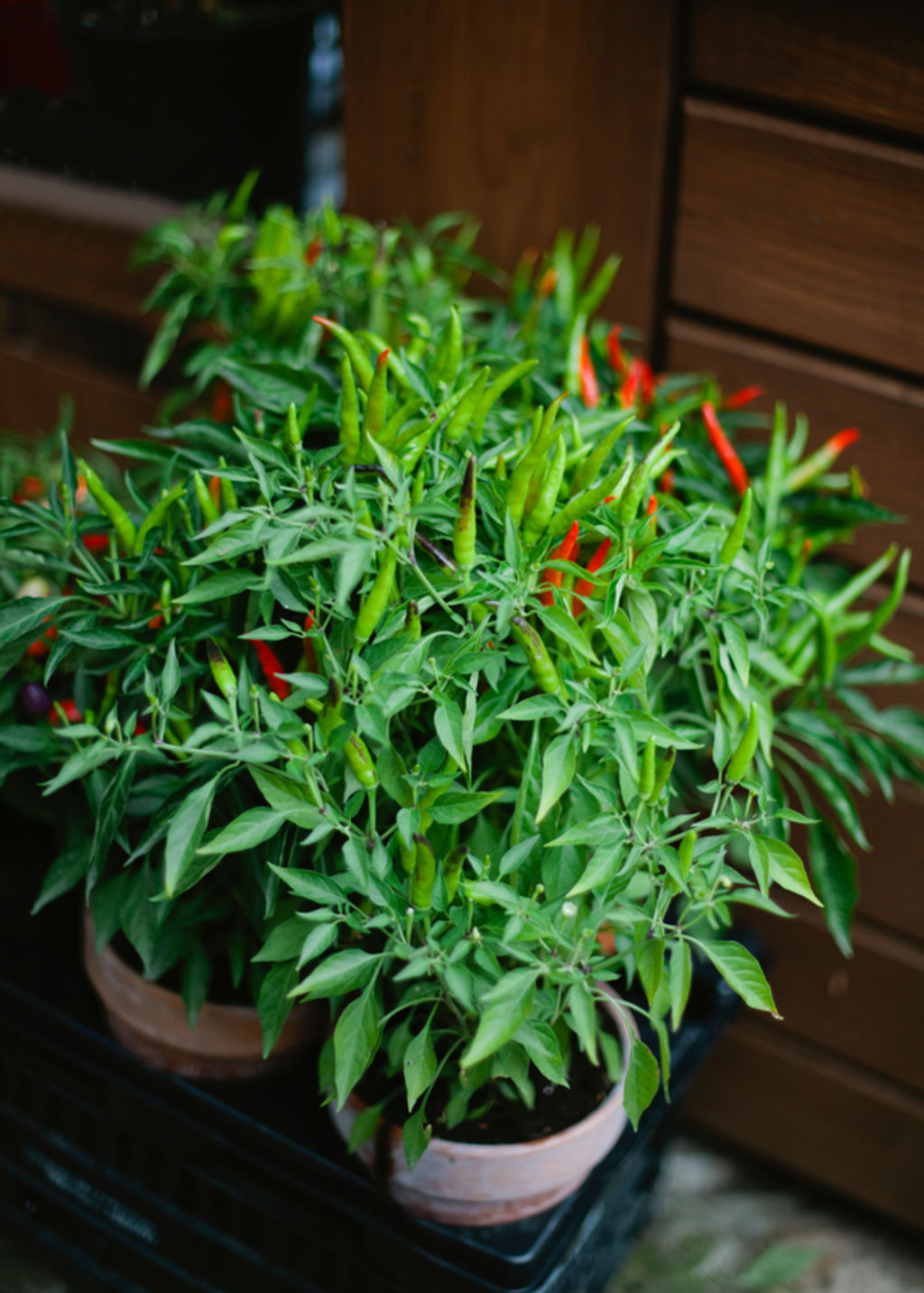
I’m certainly not a hot head when it comes to chillies, so I go with mild chilli varieties. At the moment, I have cayenne, Thai and jalapeno. I love these guys as ornamentals as well, as they integrate in any part of the garden with ease.
Avocado
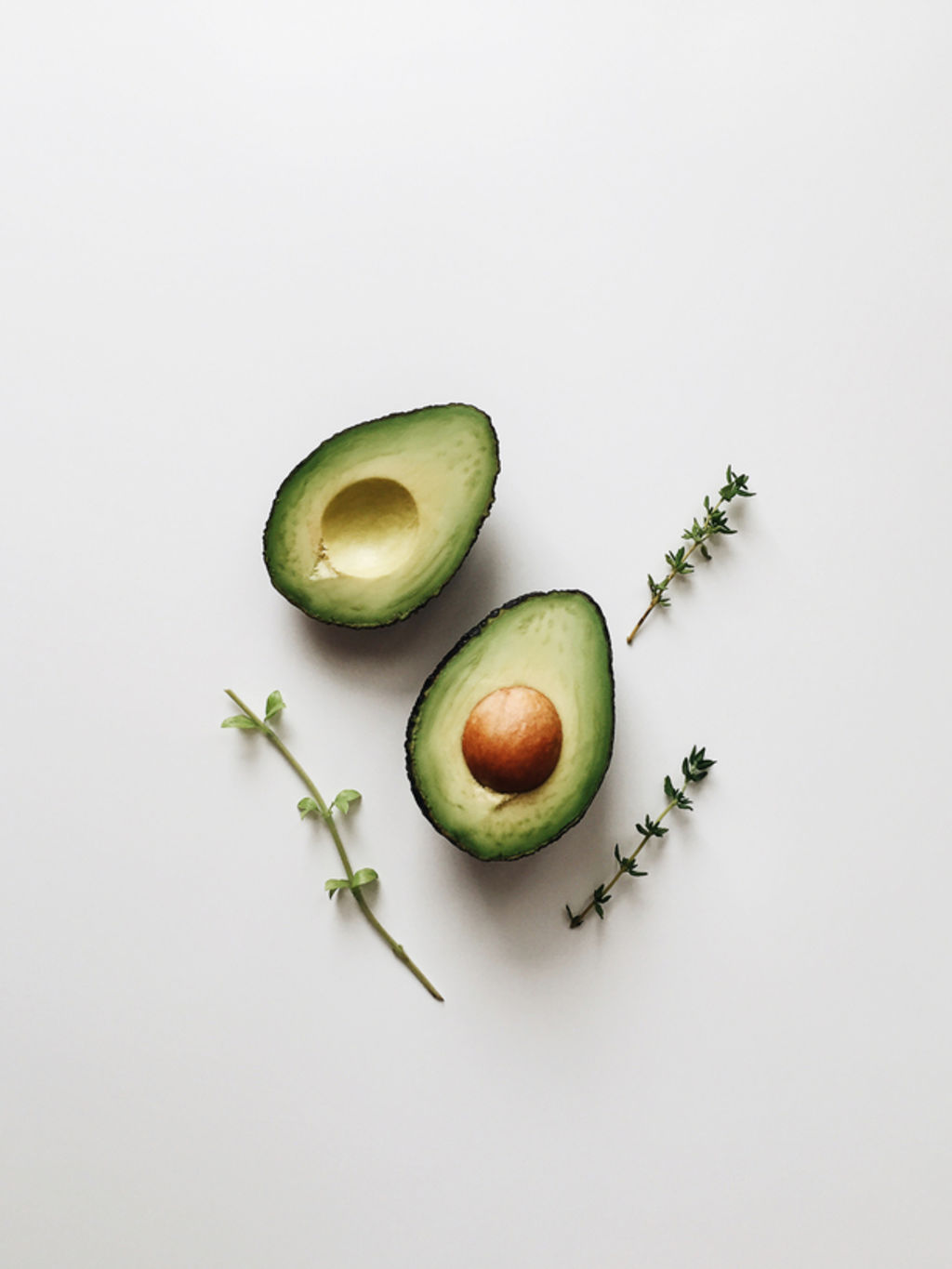
In most designs, this is tree number one for me. It can be a shade tree, swing tree, climbing tree, privacy tree with the added (and all important) bonus of bearing hundreds of fruit. You can get different sized varieties, so I recommend looking at your climate.
The important thing to note is that you’ll need an A type and B type to get fruit. I have a hass and a bacon in the home garden – my two favourite types. And the good news is that I’m yet to see possums or birds eat them as they ripen about two weeks after picking.
Honey
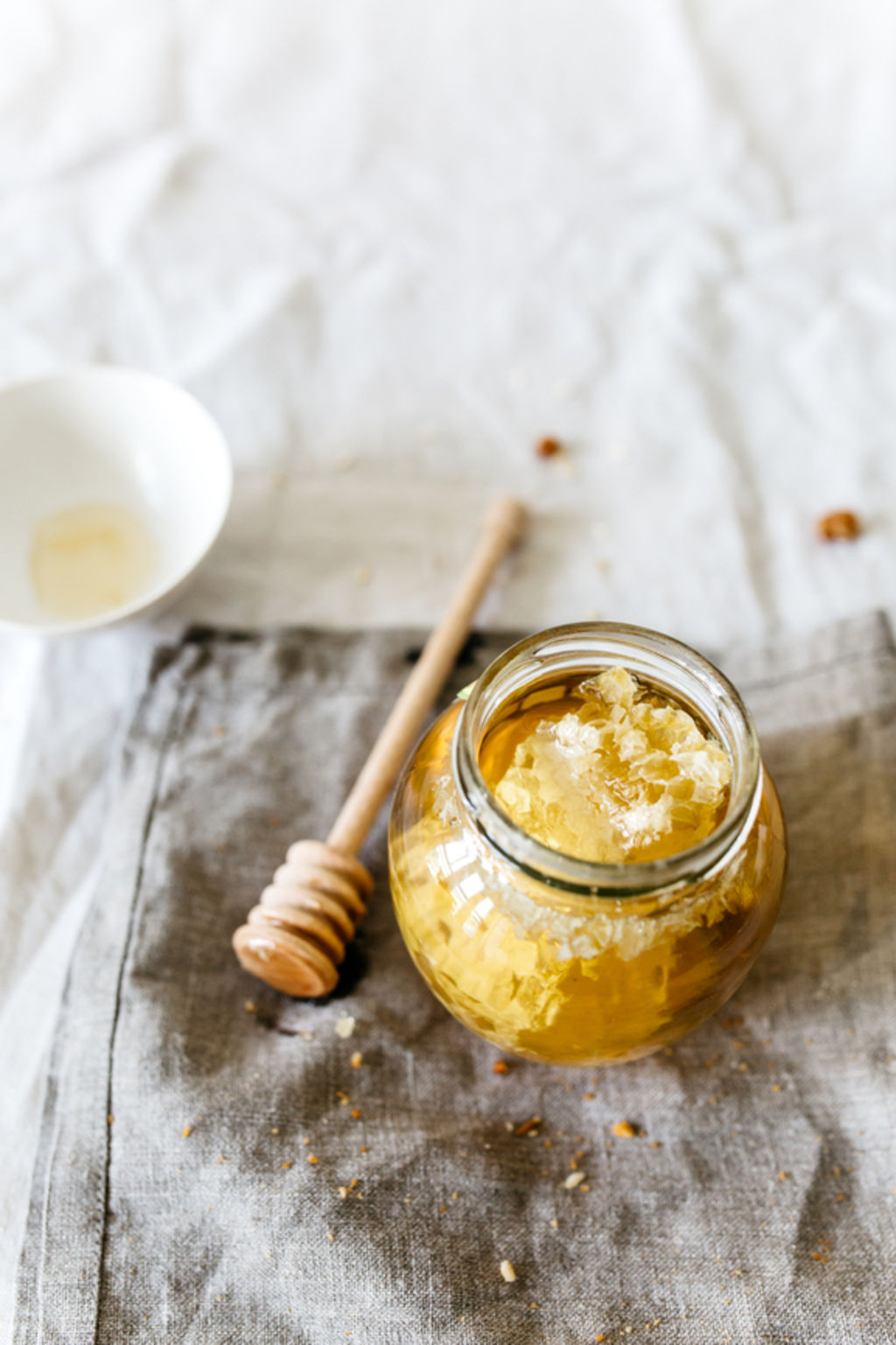
Obviously not a plant, but my beehive might just be one item I’ll have wherever I live. Our hive produces about 50 kilos of honey a year. I harvest a few times a year which keeps us, the extended family and many friends happy with a local supply of honey. It’s worth looking into if you have a bit of space and time for a new hobby.
We recommend
We thought you might like
States
Capital Cities
Capital Cities - Rentals
Popular Areas
Allhomes
More
